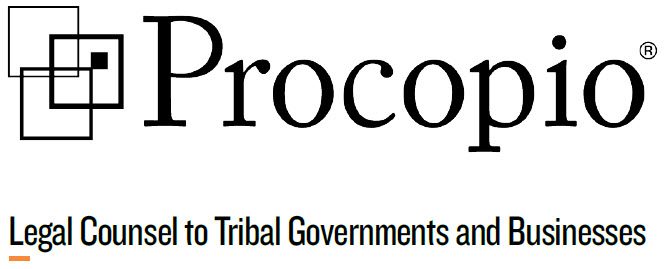 By: Karli Joseph | Associate | karli.joseph@procopio.com
By: Karli Joseph | Associate | karli.joseph@procopio.com
Theodore J. Griswold | Partner | ted.griswold@procopio.com
On September 19, 2019, the Ninth Circuit ruled in favor of the Pit River Tribe after a decades-long fight against the Bureau of Land Management’s (“BLM”) attempt to renew 26 unproven geothermal leases in Northern California and Nevada. The BLM had issued over three dozen geothermal leases in the Medicine Lake Highlands in the 1980s, at which time there was very little environmental review and no apparent tribal consultation with the Pit River Tribe, for whom the Medicine Lake Highlands are extremely sacred. This may have been because the BLM did not recognize the area as sacred, a condition the Pit River Tribe could clarify for them.
Geothermal leases are created specific to a production site and have an initial ten-year term, after which they can be extended for another forty years if they are shown to be even slightly productive. In this case, only one lease out of 27 was shown to be productive, but BLM had extended the leases for all 27 leases of the application for renewal as part of a “unit plan.” The Ninth Circuit held that the BLM could not automatically approve the unproven leases along with the sole proven lease under the current lease structures. The BLM would need to do a separate environmental analysis under NEPA for each unproven lease before they could be considered as new leases. Since environmental review under NEPA includes analysis of effects on cultural resources, including tribal cultural resources, this is a significant win for the Pit River Tribe as well as the Modoc, Shasta, Karuk, and Wintu who all consider the area sacred.
This case is also instructive regarding the importance of Tribes using the National Historic Preservation Act (“NHPA”) to protect important cultural sites. Here, the Pit River Tribe worked hard to get the entire Medicine Lake Highlands designated a Traditional Cultural District in 1999 during the initial 10 year lease period. The designation highlighted the issue for the BLM and the need for the NEPA review of the unproven geothermal leases, including government-to-government consultation between the Pit River Tribe and BLM. This burden may in fact lead the applicant to abandon these leases and preclude future development of the Medicine Lake Highlands, in order to protect the innumerable cultural resources and overall cultural integrity of the area.
This is a reminder that the NHPA can be used preemptively, if Tribes are able to see that a culturally-important area may be threatened in the future, and prevent that damage from occurring by having the entire area designated under NHPA as a cultural landscape or a cultural district. Having this tool in a Tribes tool chest is important to the preservation and endurance of indigenous culture and history in the United States.

Karli Joseph is an Associate with Procopio’s Native American Law Practice Group and a member of the Pechanga Band of Luiseño Mission Indians. She is a graduate of the University of California, Los Angeles School of Law.

Ted Griswold is head of Procopio’s Native American Law Practice Group and is the primary editor for the Blogging Circle. Connect with Ted at ted.griswold@procopio.com and 619.515.3277.
